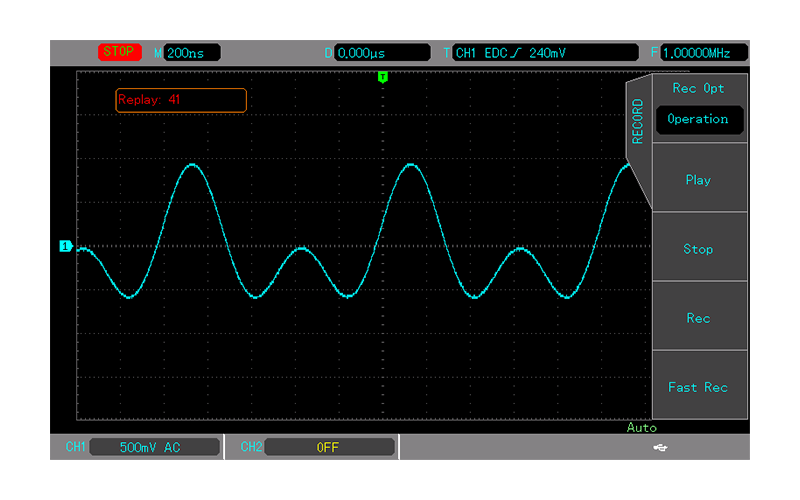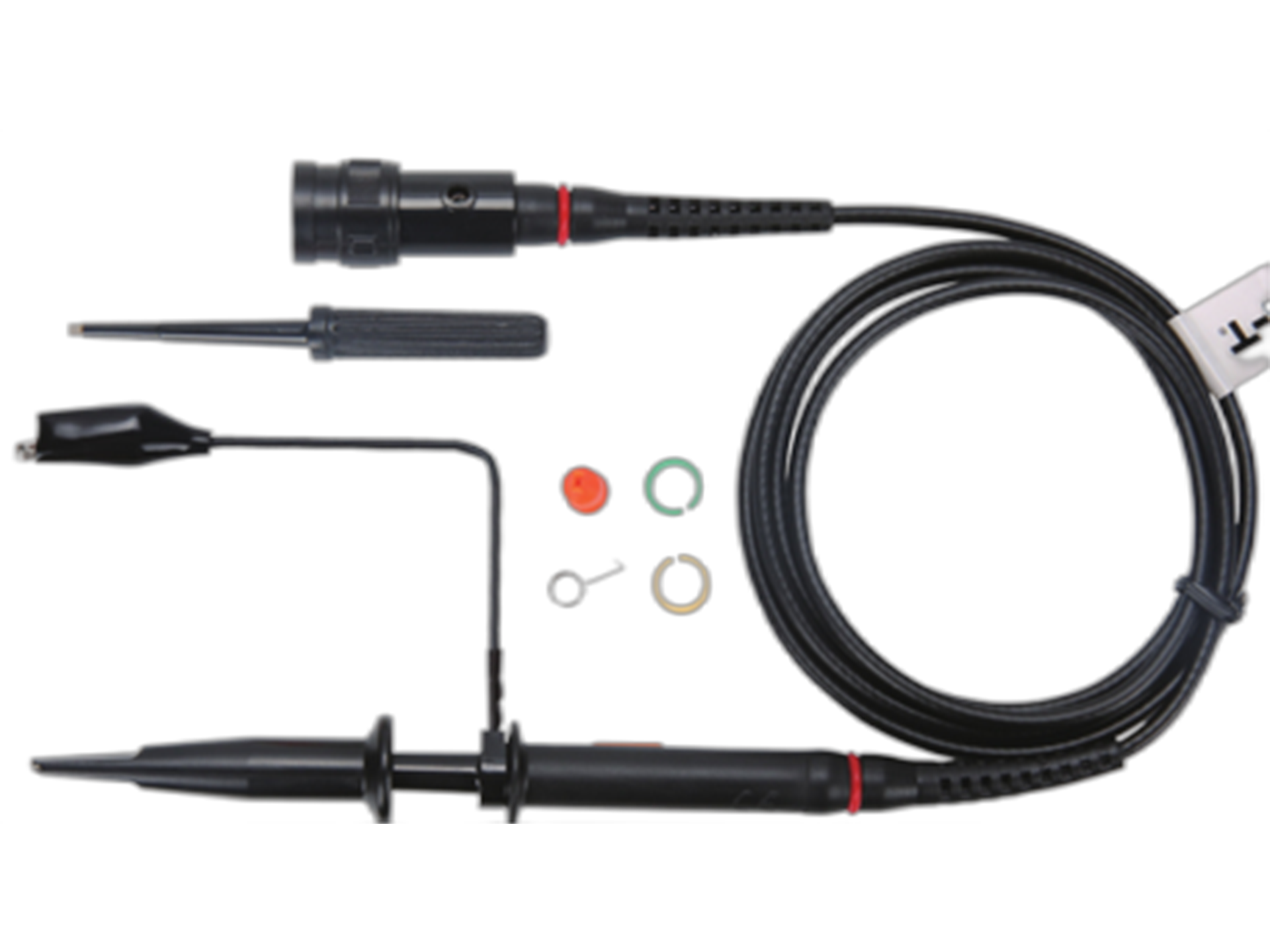SOFTWARE
FIRMWARE



BUY | QUOTE








UTD2000CEX series and UTD2000CL series oscilloscopes do not support direct CSV data saving from the instrument itself. For these models, waveform data can be exported in CSV format using the provided host computer software.
UTD2000CL+, UTD2000CEX+, and UPO series oscilloscopes offer the convenience of directly saving waveform data to a USB storage device in CSV format.





